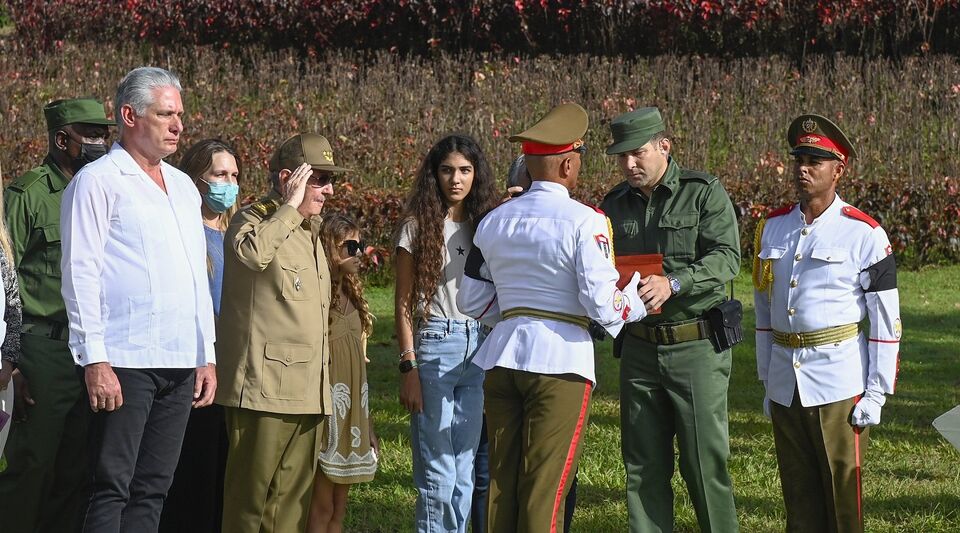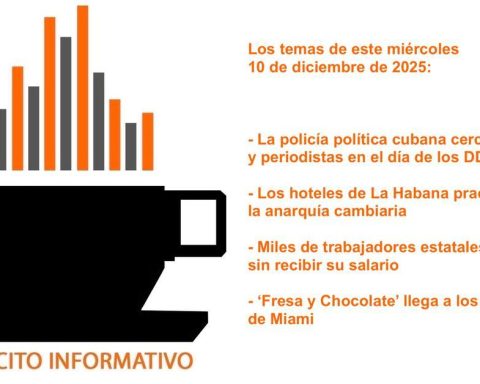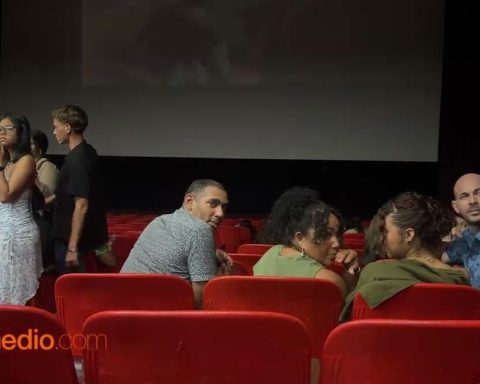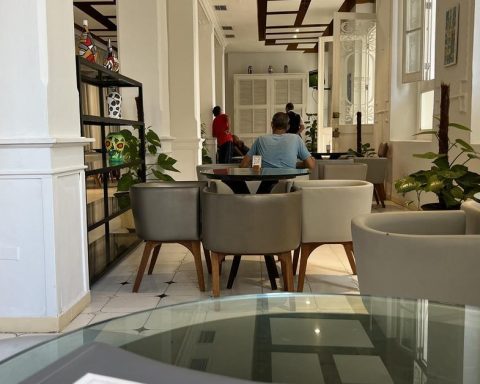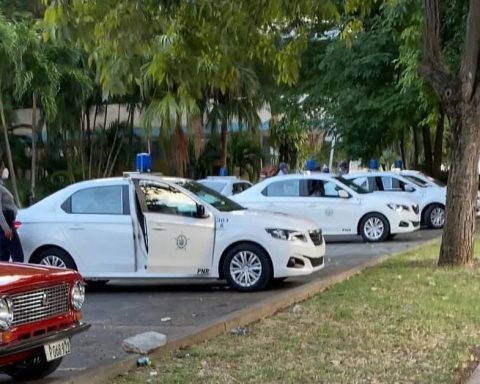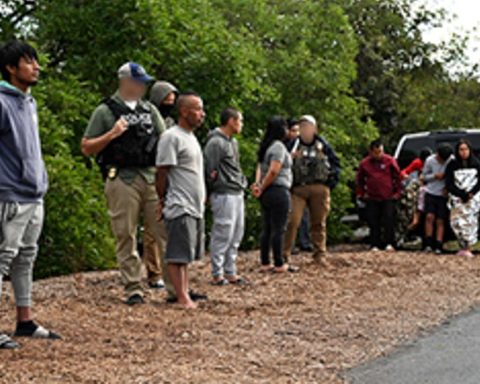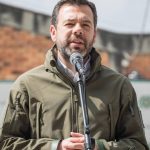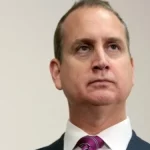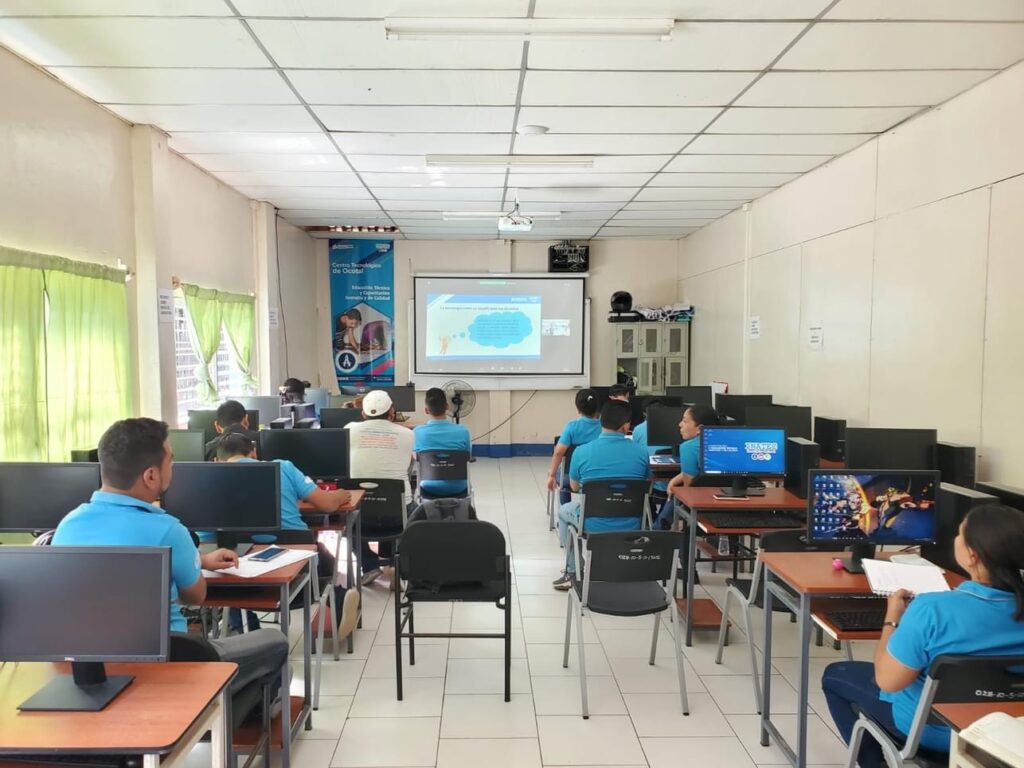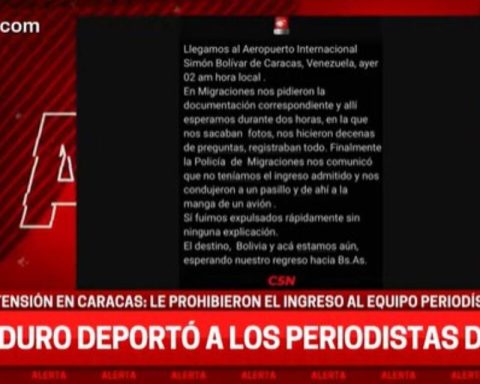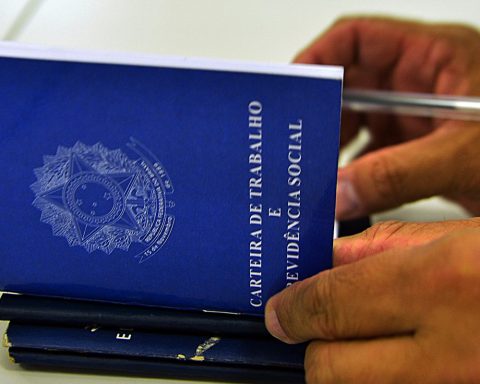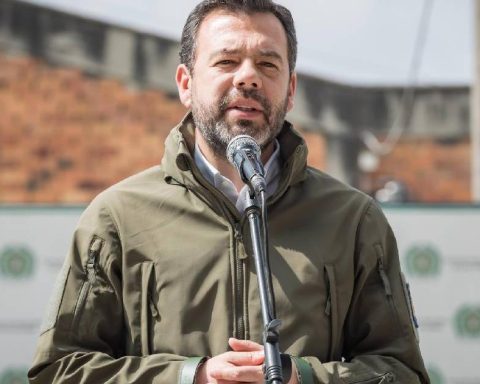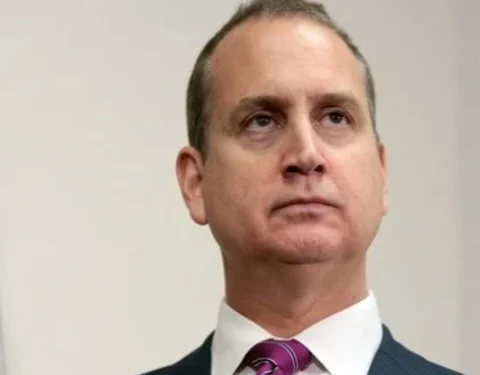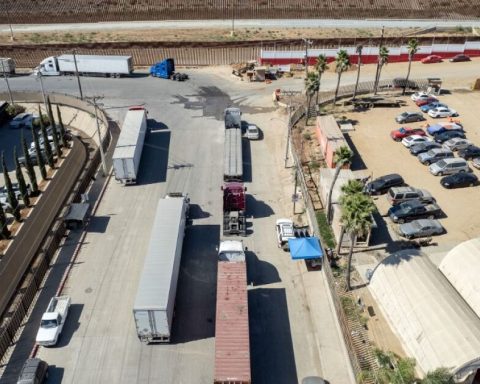The remains of the Cuban soldiers Luis Alberto Rodríguez López-Calleja and Julio Casas Regueiro – who died in 2022 and 2011, respectively – were buried this Saturday in the mausoleum of the Second Eastern Front, in Santiago de Cuba, although the news It was not released until this Monday. The ceremony, presided over by Raúl Castro, was attended by several senior officials from the Government and from Gaesa, the conglomerate of the Armed Forces that López-Calleja presided over until his death.
The ashes of both generals were placed in a funerary stone –similar to the one containing Fidel Castro’s ashes in the Santa Ifigenia cemetery– located not far from the monolith where Raúl Castro will also be buried after his death.
Among the participants in the burial were Miguel Díaz-Canel, the Prime Minister, Manuel Marrero, Ania Lastres Morera –current president of Gaesa and promoted, without public announcement, to Brigadier General–, the Minister of the Armed Forces, Álvaro López Miera, and the Minister of the Interior, Lázaro Álvarez Casas.
As it happened during the López-Calleja’s funeral in 2022, the official press avoided directly photographing their relatives. However, the images show his son Raúl Guillermo Rodríguez Castro, known as The crab –grandson and bodyguard of Raúl Castro–, who deposited the ashes in the funeral niche.
Rodríguez Castro’s mother and Raúl’s daughter, Débora Castro Espín, appeared in the photos wearing a sanitary mask and always in the background
Rodríguez Castro’s mother and Raúl’s daughter, Débora Castro Espín, who is said to have been separated from López-Calleja at the time of his death, appeared in the photos wearing a sanitary mask and always in the background. The rest of her relatives, including several children, were not given prominence either in the photos or in the official report, in which the general is referred to several times, only by his first name.
The mourning farewell, which included flower crowns and rifle salutes, was carried out by Marrero. The prime minister, to whom a certain closeness to López-Calleja was attributed during his years as tourism minister, praised that his former boss had never fallen into “unnecessary prominence.”
Leading Gaesa, López-Callejas became one of the strong men of the regime and one of those directly responsible for the future of the Cuban economy. The conglomerate is in charge of foreign currency stores, hotels, real estate investments, construction companies, port services, remittance and currency exchange agencies, customs services and electronic commerce, all with little transparent management and a low profile.
The burial of López-Calleja recalls the austere tribute that the regime’s leadership dedicated to him in July 2022, a few days after his death
It was not until October 2021 that López-Calleja joined the list of deputies to the Cuban Parliament, representing the municipality of Remedios (Villa Clara), a town from which he was not a native.
The burial of López-Calleja recalls the austere tribute that the regime’s leadership dedicated to him in July 2022, a few days after his death. The staff of members of the Government and the Armed Forces who attended both ceremonies is almost identical. Military clothing predominates and only the functionaries of the Political Bureau of the Party wear white guayaberas.
The death of López-Calleja, of a heart attack at the age of 62, occurred a few days before the first anniversary of the massive protests of July 11, 2021. His funeral tribute was perceived by many as the reaffirmation of the political power of the Armed Forces. However, on this occasion the ceremony does not seem to have any additional connotations and has been presented by the official press as one more activity on the eve of July 26.
________________________
Collaborate with our work:
The team of 14ymedio He is committed to doing serious journalism that reflects the reality of deep Cuba. Thank you for accompanying us on this long road. We invite you to continue supporting us, but this time becoming a member of our newspaper. Together we can continue transforming journalism in Cuba.
